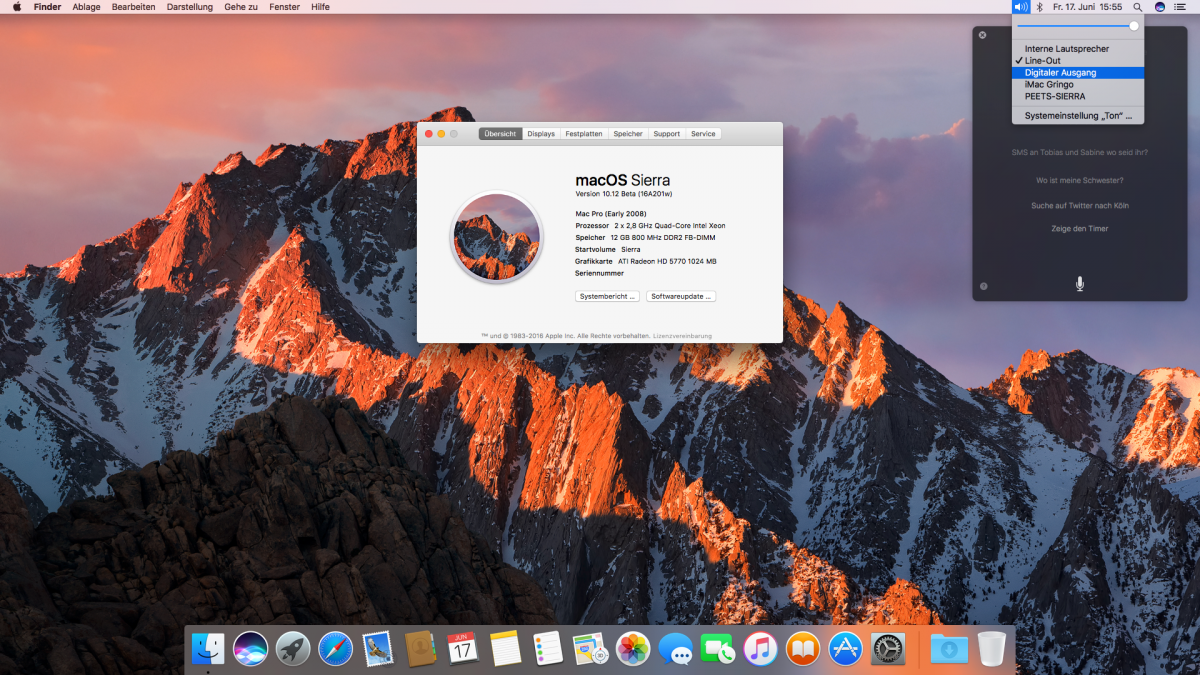- The first way is to choose Launch Flat Package Editor. From the Edit menu of PackageMaker. After the editor launches, choose Open from its File menu, and use the Open File dialog to select the flat package. Click the Open button to open the selected package. The second way is to select the flat package with a Control-click.
- I am getting the errors and one of the fix for 2 of the issues requires the use of an application called flat Package Editor. I have tried to get this, but it would seem you need to be a registered developer to obtain this software.
Flat Package Editor Dmg Example
Right click and open it with 'Flat Package Editor.app' (in Leopard) Drag the 'Distribution' component out to your desktop; Edit and save it with a standard text editor (I used BBEdit) Drag it back in to the mpkg; Delete the old version from the mpkg; And save!
Packages makes it easy to add Installer plugins to your distributions. In addition to the Xcode template project, you can learn about Installer plugin with the help of the following sample projects and information.
InstallerPluginSample from the ADC sample code.
If you need to display a second End User License Agreement in your distribution, you can use the EULA_Plugin sample project (BSD License).
A few tutorials and FAQ are available at the Installation - The Lost Scrolls website.
 Tools for external scripts
Tools for external scriptsWhen you need to create an alias from an external script upon installation, you can use the bristow tool.
Distribution documentationsPackages supports the distribution and flat packages formats supported by Apple's installer application on Mac OS X Tiger and later. If you want to get more information about these formats, you can refer to the following available documentations.
Apple's Distribution Definition Reference document available on the ADC website covers the distribution script format.
Apple's Installer JavaScript Reference document available on the ADC website covers the JavaScript extensions supported by the distribution script and PackageInfo formats.
Flat Package Editor Dmg Download
The Flat Package Format - The missing documentation document tries to cover the flat package format, especially the PackageInfo format.
After you have verified the contents of a package source, Composer allows you to build two different kinds of packages: PKGs and DMGs. Each format has advantages depending on the intended use of the package and the tool you use to deploy it.
Flat Package Editor Dmg Download
Once a package source exists in Composer, you can build a PKG or DMG package from the source at any time. You also have the ability to convert from one format to another after a package has been built. For more information about converting between the PKG and DMG formats, see Creating Package Sources from Existing Packages.
PKGs can be deployed using almost any deployment tool, such as Apple Remote Desktop (ARD), Jamf Pro, and other client management systems.
The PKG format allows for easy installation by the user. Double-clicking the package opens the Installer application and guides the user through the installation process.
Note: PKGs cannot dynamically deploy files in the user’s home directory to user templates when used with Jamf Pro.
By default, Composer builds flat PKGs. For more information on flat PKGs, see Composer Preferences.
Open Composer and authenticate locally.
Select the package source you want to build as a PKG from the Sources list in the sidebar.
In the toolbar, click Build as PKG .
Note: If the Build flat PKGs preference is enabled and the package source contains scripts that are not supported by flat PKGs, a dialog will appear. To disable this preference for this package only, click Build as non-flat PKG. To build a flat PKG that ignores unsupported scripts, click Build as flat PKG. For more information on which scripts are supported by flat PKGs, see Adding Scripts to Package Sources.
Select a location to save the package and click Save.

When used in conjunction with Jamf Pro, the DMG format allows you to dynamically deploy files and folders to each user that has an account on a computer, as well as the network home directories of currently logged-in users. There is also an option to deploy files and folders to the user template directories, ensuring that any new user receives the correct default environment.
Open Composer and authenticate locally.
Select the package source you want to build as a DMG from the Sources list in the sidebar.
Cherub book 2. In the toolbar, click Build as DMG .
Select a location to save the package and click Save.